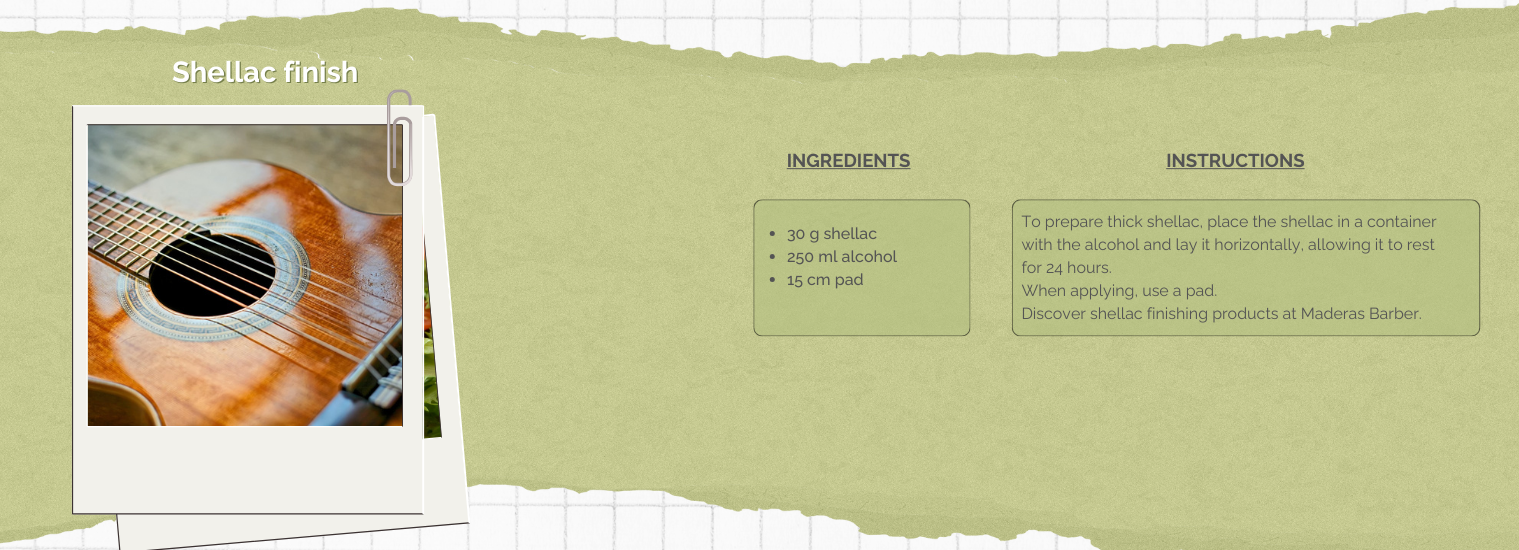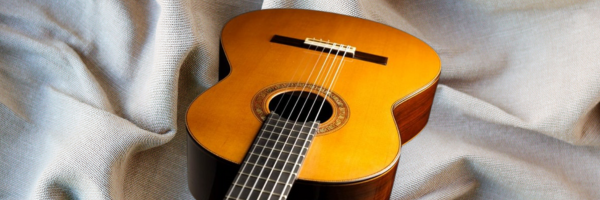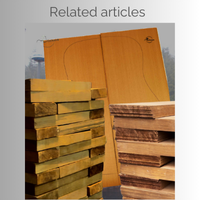- News
- 17 likes
- 1232 views
- 0 comments

The unique properties of Shellac and Its impact on instrument sound
Shellac is one of those finishes that luthiers love, and for good reason. It protects and enhances the beauty of instruments without excessively affecting the natural vibrations of the wood—something not all finishes can achieve. Of course, every finish adds a bit of weight and changes the instrument’s properties, but shellac does this so lightly that it barely interferes.
A bit of hIstory
Shellac has been a part of lutherie since the 19th century, and that says a lot. Great masters like Antonio de Torres used it because not only does it protect the wood, but it also preserves the sound. This made it a favorite among those looking to maintain the perfect balance between aesthetics and acoustic performance.
What is Shellac?
At first glance, shellac seems almost magical, but it’s actually a natural resin secreted by the Kerria lacca insect. These little creatures are mainly found in India and Thailand, where the resin is collected, purified, and transformed into flakes, which luthiers then dissolve in alcohol. And voilà! A perfect, natural finish for instruments.

Key Features
• Organic and natural: Biodegradable, renewable, and non-toxic. A plus for those seeking eco-friendly options.
• Flexible and lightweight: It adds minimal weight, keeping the wood’s vibrating capabilities almost intact.
• Easy to dissolve: It mixes with alcohol for hassle-free application.
Application in lutherie
The most well-known technique for applying shellac is called "French polishing." What is that? Basically, it involves soaking a small cotton cloth to apply thin layers. It’s a process that requires patience, but it offers incredible control over the thickness of the finish, which is vital when you want the instrument to retain its natural resonance.
Advantages of Shellac Finishing
• Thin Layer, Minimal Effect: It allows the instrument to keep vibrating without the varnish suffocating it.
• Easy Repairs: If something goes wrong, you can fix the finish without having to start from scratch. You just need a bit of alcohol, and that’s it!
Care and Maintenance
That said, shellac is delicate. It must be treated with care: avoid direct sunlight, strong impacts, and sudden temperature changes. Cleaning with a soft, dry cloth is usually enough. And if it gets damaged, as mentioned before, a little alcohol can make repairs easy and effective.
Types of Shellac: Lemon and Super Blond
There are mainly two types of shellac: Lemon (Light) Shellac and Super Blond (Dark) Shellac.
Lemon (Light
Perfect for light woods like maple, it enhances the grain without changing the original tone of the wood too much.
Super Blond (Dark)
Ideal for darker or warmer woods, like mahogany or rosewood. It provides a deep and warm finish that truly stands out. Some luthiers even mix both types to customize the tones of the finish and make the instrument shine inside and out.
Preparation and Application
Before applying shellac, it must be prepared. The flakes are dissolved in alcohol, with a classic ratio of 1 part shellac to 5 parts alcohol. Then, with patience, you apply between 30 and 40 layers (yes, that many), allowing each layer to dry properly before the next.
The Alcohol Matters
Use high-purity ethyl alcohol for a smooth, quick-drying finish.
The Importance of Grain Filler
Before starting with shellac, it’s recommended to use a good grain filler, especially on woods like mahogany that have large pores. This ensures that the finish is even, and you’ll need less shellac to achieve a smooth surface.
Modern Options
To simplify things, some luthiers use products like Chestnut liquid shellac, which comes pre-mixed and ready to work with. While faster to apply, its shelf life is shorter, so it must be used within six months to a year.
You can also use Shellac Sanding Sealer, which makes sanding between coats easier and prepares the surface for shellac, achieving a professional finish without complications.
Using a good grain filler also helps minimize uneven varnish absorption, optimizing the shellac application and ensuring a more efficient finish. At Maderas Barber, we offer a wide variety of grain fillers that integrate perfectly with the woods and varnishes used in instrument construction.







